4. Fossil Records: Tracing the Ancient Fungal Legacy

Finding the history of ancient fungus provides special difficulties for researchers since soft-bodied creatures hardly leave behind well-preserved fossils. But by means of meticulous investigation and cutting-edge technologies, scientists have been able to assemble an intriguing picture of fungal development from the limited fossil evidence.
With origins about 430 million years ago, the Tortotubus is among the most important fungus fossils known to date. Found in Scotland and Sweden, this fossil shows some of the first proof of land-dwelling species. Suggesting that these ancient organisms had already evolved sophisticated growth forms by this time, the Tortotubus had cord-like structures akin to those of the rhizomorphs of contemporary fungus.
The Rhynie chert, a fossil-rich site in Scotland going back roughly 410 million years, provides still another vital piece of evidence. Early land plant fossils from this remarkable preservation location have clearly shown mycorrhizal connections. These fossils show the vital part fungi performed in the colonisation of land by plant life and offer concrete evidence of the old symbiotic interactions between them.
Using genetic data to estimate when various groups of creatures diverged, molecular clock studies point to fungi perhaps having originated far earlier than the fossil record suggests. According to some estimations, fungus originated 1 billion years ago—long before the first land plants ever emerged. This disparity between DNA data and the fossil record emphasises the difficulties in researching these extinct lifeforms.
Furthermore offering insightful analysis of fungal evolution are microfossils. Little spores and hyphae fragments found in old rocks provide peeks into the variety and spread of early fungus. For example, microfossils from the Ordovician period (485-443 million years ago) reveal evidence of fungal spores, demonstrating that these creatures were already well-established on land by this time.
Modern technical developments have transformed the research on old fungus. X-ray microtomography and other methods let scientists make finely detailed 3D photographs of fossils without damaging them. This has resulted in the identification of hitherto missed fungal structures in fossils, therefore offering fresh understanding of fungal variety and evolution.
Additionally useful knowledge has come from investigating fungus biomarkers in old rocks. Some chemical compounds specific to fungus can linger in rocks long after the organisms themselves have decomassed. Through the analysis of these biomarkers, researchers can deduce the existence and activity of fungus in prehistoric settings—even in the lack of obvious fossils.
Advertisement
Recommended Reading: Discover the 15 Costliest Dog Breeds on Earth
You are viewing page 4 of this article. Please continue to page 5





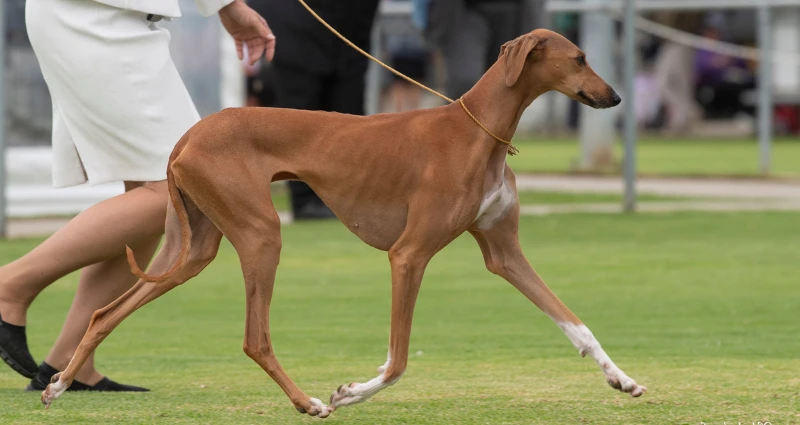
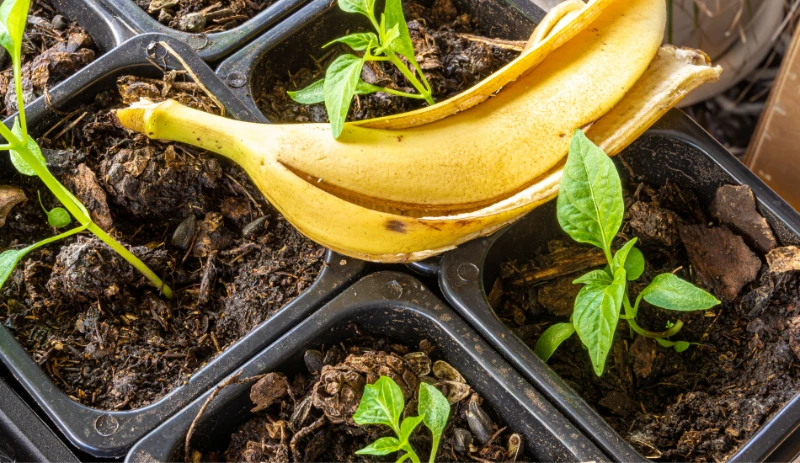




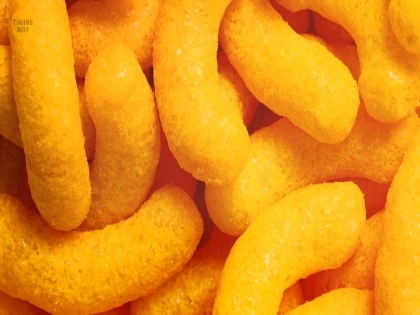


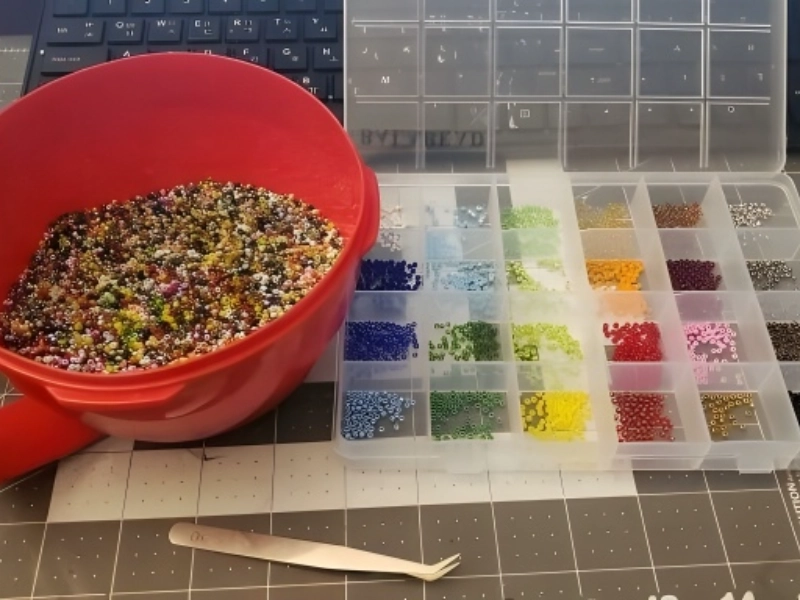


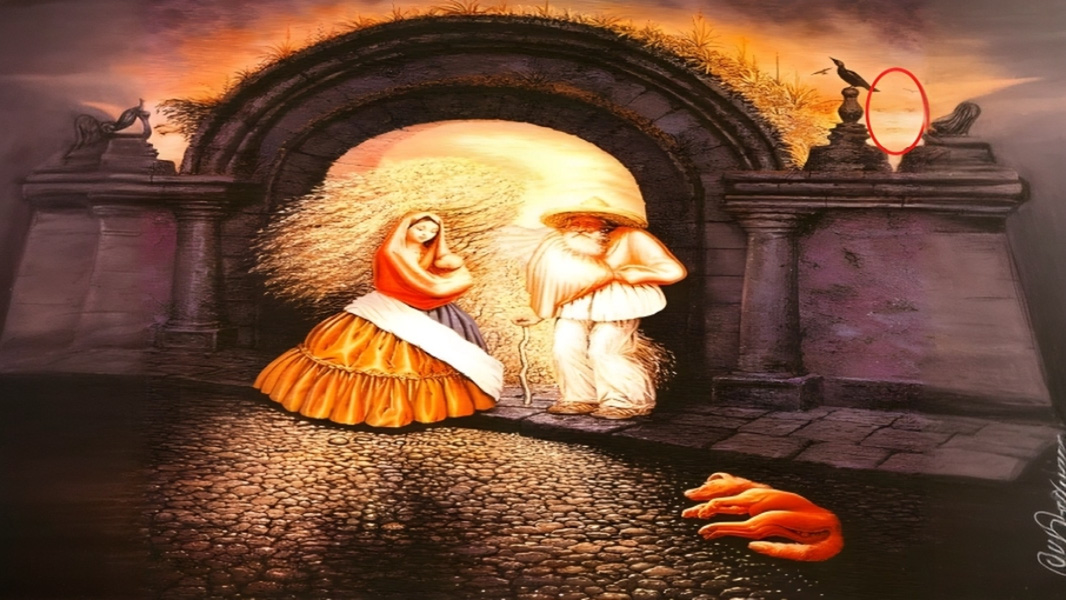


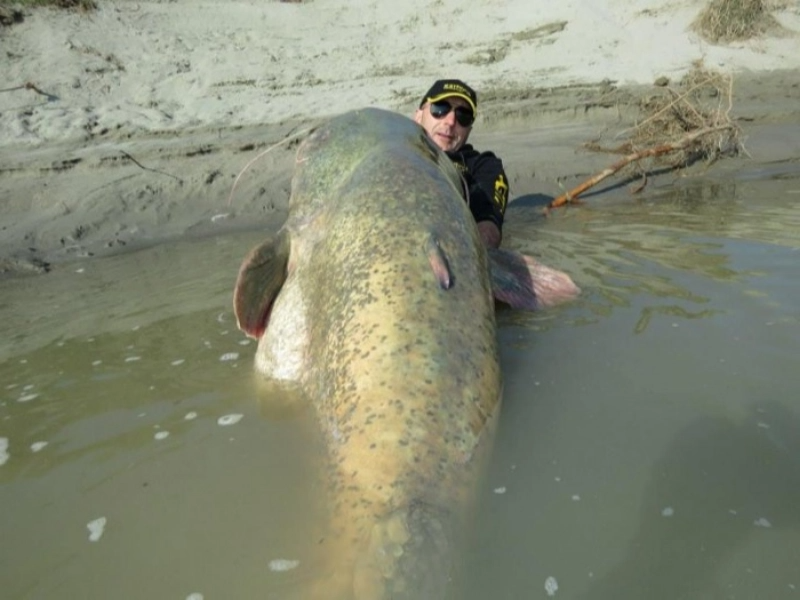


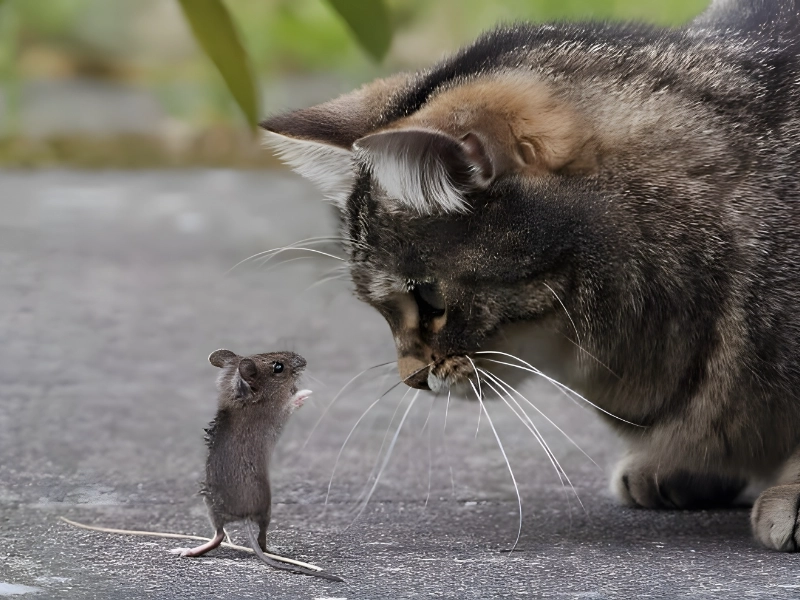


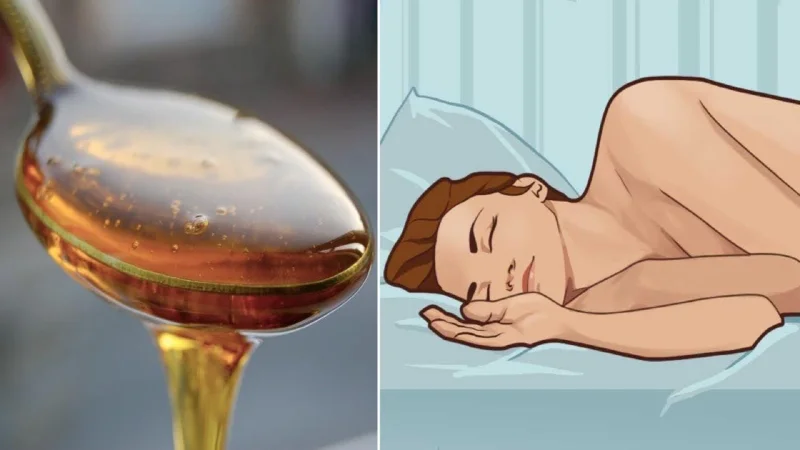
Comments
Leave a Comment
Your email address will not be published. Required fields are marked *